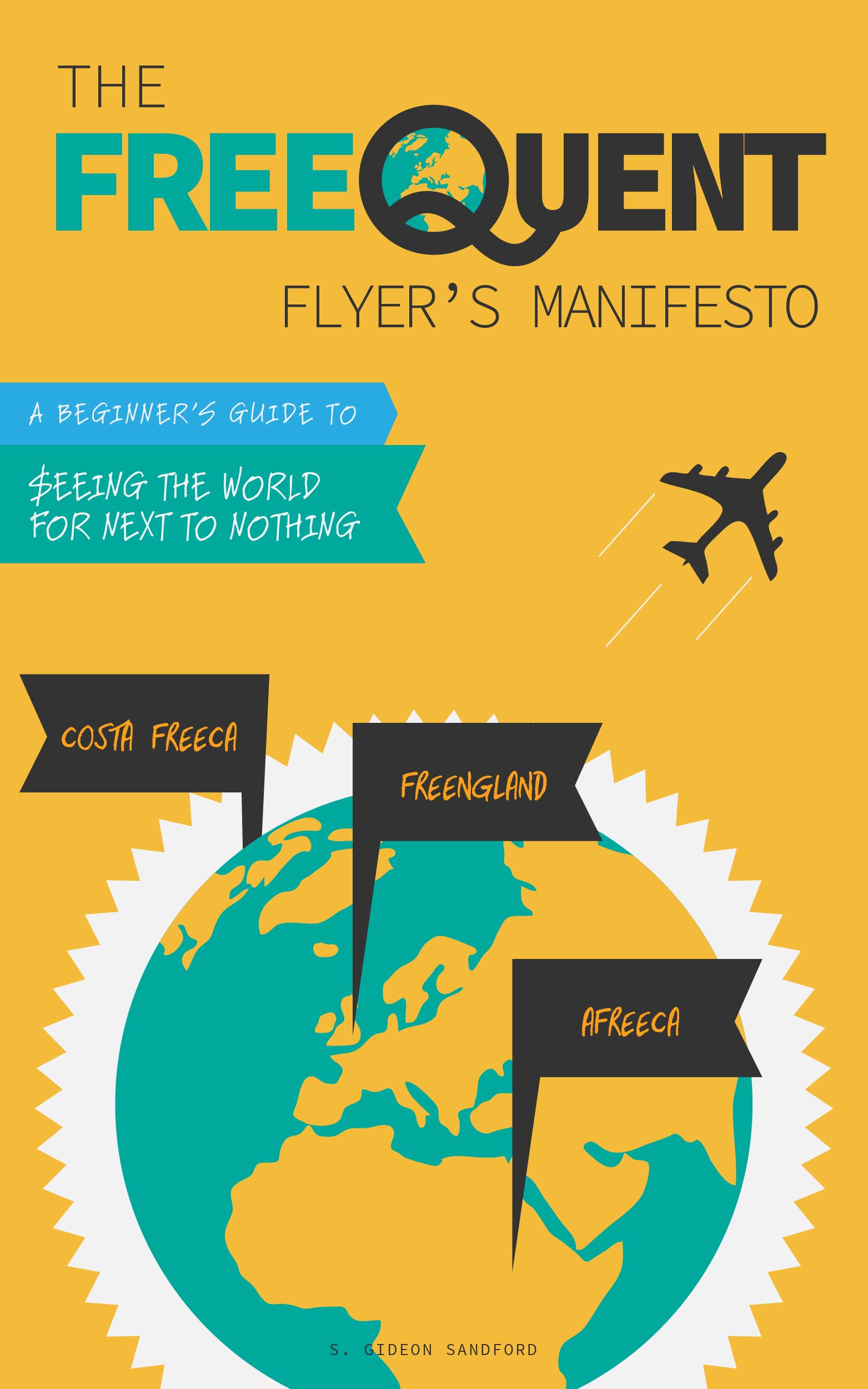Is the Citi Prestige a good deal? Compared to what?
/This isn't my favorite kind of blog post to write, but I do consider it essential service journalism in the context of a travel hacking blogosphere whose default mode is "breathlessly excited."
The Citi Prestige credit card is often pitched as an essential tool for the sophisticated travel hacker. In this post I want to make the argument that, on the contrary, the benefits of the Citi Prestige are valuable almost exclusively to the least-sophisticated travel hackers, who don't have a well-designed portfolio of credit cards, or to travelers who don't have access to even the most mundane techniques for manufacturing spend.
Let's take each of the benefits of the Citi Prestige card in turn.
Price compression makes airfare cheap
The first thing you hear about the Citi Prestige card is how it multiplies the value of your ThankYou points: with the card, ThankYou points are worth 1.33 cents each towards airfare, or 1.6 cents each towards airfare on American Airlines-marketed flights.
That creates a theoretical cash value of the current 50,000 ThankYou-point signup bonus of $665-$800 in paid airfare.
But $800 in paid airfare manufactured with a Chase Ink Plus card at office supply stores costs $380 in purchase and liquidation fees ($665 in paid airfare costs just $316).
So don't tell me a 50,000 ThankYou-point signup bonus is worth $800; it's worth between $316 and $380, the money you'd spend manufacturing the same airfare with a much more versatile (and, obviously, much cheaper) Chase Ink Plus.
If you have access to manufactured spend at grocery stores, then you'll find a card like the US Bank Flexperks Travel Rewards Visa runs around the world before the Citi Prestige has even got its boots on.
Compare a 25% discount on paid hotel stays to real travel hacking
The "killer app" of the Citi Prestige is supposed to be its "4th-night-free" benefit, whereby reservations made through Citi's contract travel agency, and paid for with the Citi Prestige, earn a statement credit equal to the amount of the stay's fourth night, including taxes.
In other words, when used for stays of exactly 4 nights, the Citi Prestige offers a discount of 25% on average (the actual discount will vary depending on the distribution of room rates over the four nights; Frequent Miler provides some extreme examples here).
By contrast, using only the most commonly available manufactured spending techniques, the Barclaycard Arrival Plus produces $21.05 in hotel stays for just $11.50 — a 45.4% discount.
A Chase Freedom Unlimited, earning 1.5 Ultimate Rewards points per dollar spent (or 1,515 Ultimate Rewards points for the same $11.50 above), paired with a $95 Chase Sapphire Preferred or Chase Ink Plus, requires just 1.01 cents in value per Ultimate Rewards point transferred to Hyatt Gold Passport point to match the 25% discount offered by the Citi Prestige. You have to look pretty hard to get that little value from a Hyatt Gold Passport point.
Finally, using an American Express Hilton Surpass card, you'll earn 6 HHonors points per dollar spent at grocery stores. Given only the most widely available cost of $6.30 for 3,036 HHonors points, you'll need to get just 0.28 cents per HHonors points to beat the Citi Prestige's 25% average discount on four-night stays. And that doesn't account for the value of 5th-night-free award reservations for Hilton elites.
Which brings me to the most important drawback of the Citi Prestige's "killer app:" it's only useful on stays of 4 nights or more! While all the cards and techniques I described above are useful on stays as short as 1 night, to get even a 25% discount on your paid stays, you'll have to stay for exactly 4 nights: any less, and your stay isn't eligible; any more, and your discount shrinks as a percentage of your total stay.
How does the the Citi Prestige 4th-night-free differ from the Club Carlson last-night-free?
When the US Bank Club Carlson co-branded credit cards offered the last night free on award stays, I was one of their biggest enthusiasts. That's because the last-night-free benefit allowed you to leverage the already generous 5 Gold Points earned per dollar spent on all purchases. In other words, it made valuable manufactured spend more valuable.
The Citi Prestige 4th-night-free benefit is exactly the opposite: it requires you to pay cash out of pocket for your room, which violates one of the most important principles underlying a successful travel hacking strategy: spend cash last.
Value all the other Citi Prestige card benefits at what you're willing to pay for them: nothing
You can check out the remaining benefits of the Citi Prestige over at Miles to Memories. They include:
- airline fee credits (worth much less than cash);
- lounge access (you're not paying for it now, are you?);
- Global Entry fee credit ($100 every 5 years, so, $20 per year);
- and 3 rounds of golf (not 3 foursomes, just 3 rounds: your friends will have to pay their own way).
Reimbursed business travelers should ignore everything I've said
Travelers who are reimbursed for their out-of-pocket expenses have opportunities that are, from a normal person's perspective, stratospherically lucrative. If you're able to book Monday-Friday hotel reservations for a product launch, investment banking intervention, or Republican Party platform committee meeting with your own credit card for later reimbursement, you have no excuse not to earn thousands or tens of thousands of dollars per year in 4th-night-free reimbursements from a Citi Prestige card.
But when a rich weirdo like Ben Schlappig tells you how much money he's saved with the Citi Prestige 4th-night-free benefit, remember that you don't have to pay cash for your hotels, and when you do, you can get a much better discount than 25% by developing a credit card portfolio and manufactured spend strategy that meets your actual travel needs.


